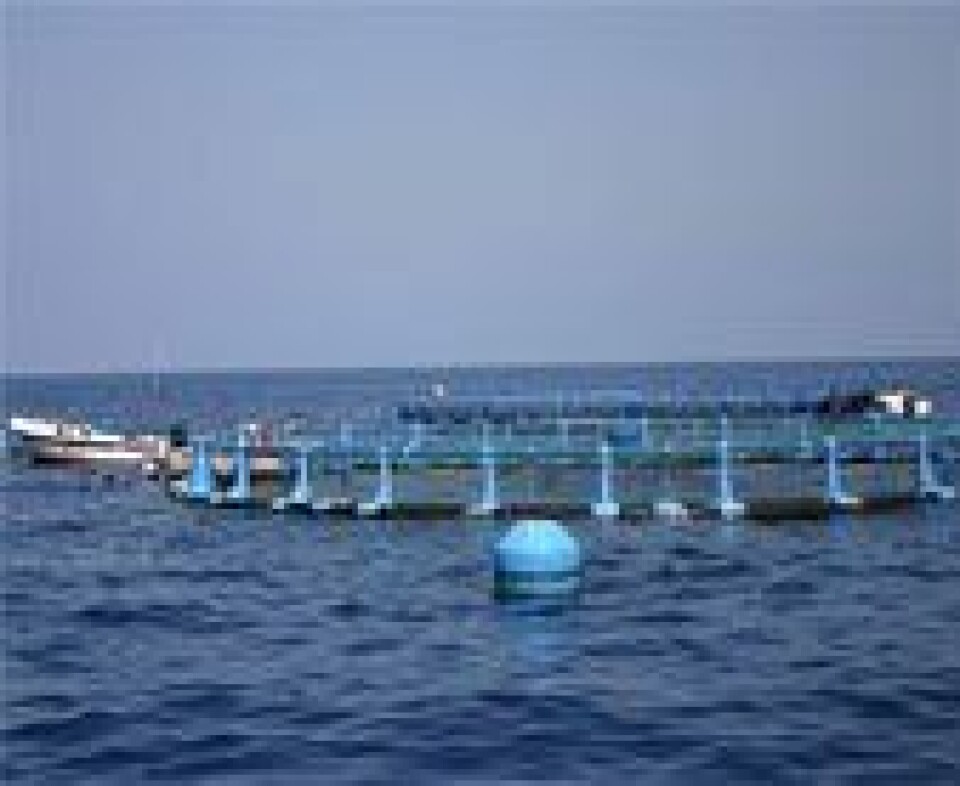
Open Ocean Aquaculture- the Wave of the Future?
There is certainly a level of interest among politicians and economists in the United States to do something about the country’s huge seafood deficit. The latest figures suggest that some 84 per cent of the seafood consumed in the US is imported. And approximately 50% of this import comes from fish or shellfish farms in other countries. And where facilities using traditional aquaculture technology in near-shore and protected waters are usually frowned upon by upland owners, there are considerable lengths of shoreline without million-dollar homes, but that also are often exposed to extreme wind and other weather conditions. In addition to that- federal waters outside State jurisdiction also represent a potential for additional seafood production.
A half-day workshop on the idea of Open Ocean Aquaculture (OOA) was arranged by the New England Aquarium on the tail end of a three day Seafood Summit held in Vancouver this week. About fifty interested individuals attended, representing aquaculture companies, ENGO’s, academia and the seafood trading sector, as well as others. It was pointed out that the U.S. National Oceanic and Atmospheric Administration (NOAA)is in the process of developing a draft policy on Offshore Aquaculture- not to be confused with the term Open Ocean Aquaculture, which refers to fish farming in any high energy, challenging environment- be it offshore or not. (The NOAA policy will be dealing with waters outside State jurisdiction- typically beyond three miles from shore).
The workshop participants quickly acknowledged one risk associated with not allowing OAA to proceed- the fact that an increasing amount of seafood would be coming into the U.S. as demand increases while the domestic production of seafood is otherwise set to remain stable. The increased reliance on imports will represent an increased risk of environmental degradation, as foreign country’s regulations may not be as responsible as those existing in the U.S. The financial benefits to communities and businesses associated with the potential increased activity within a sustainable aquaculture industry were also pointed out.
Representatives from the Environmental Non-Government Organizations (ENGO’s) were also present, and if it will be up to some of them, little progress will be made in the area of Open Ocean Aquaculture. The main reason is that many in the ENGO community have decided that net-pen aquaculture is bad. Period. But when prompted by the ideas that fish farmers also don’t want their fish to escape and that fish farmers want to make sure their fish are healthy and that they live in a healthy environment- all of a sudden there is some common ground to potentially build on- as long as everybody are willing to listen to others and participate with an open mind.
The initiative by the New England Aquarium was appreciated by everyone that stayed around for the full workshop, and action items were identified for taking the discussion to the next step-stay tuned.






















































